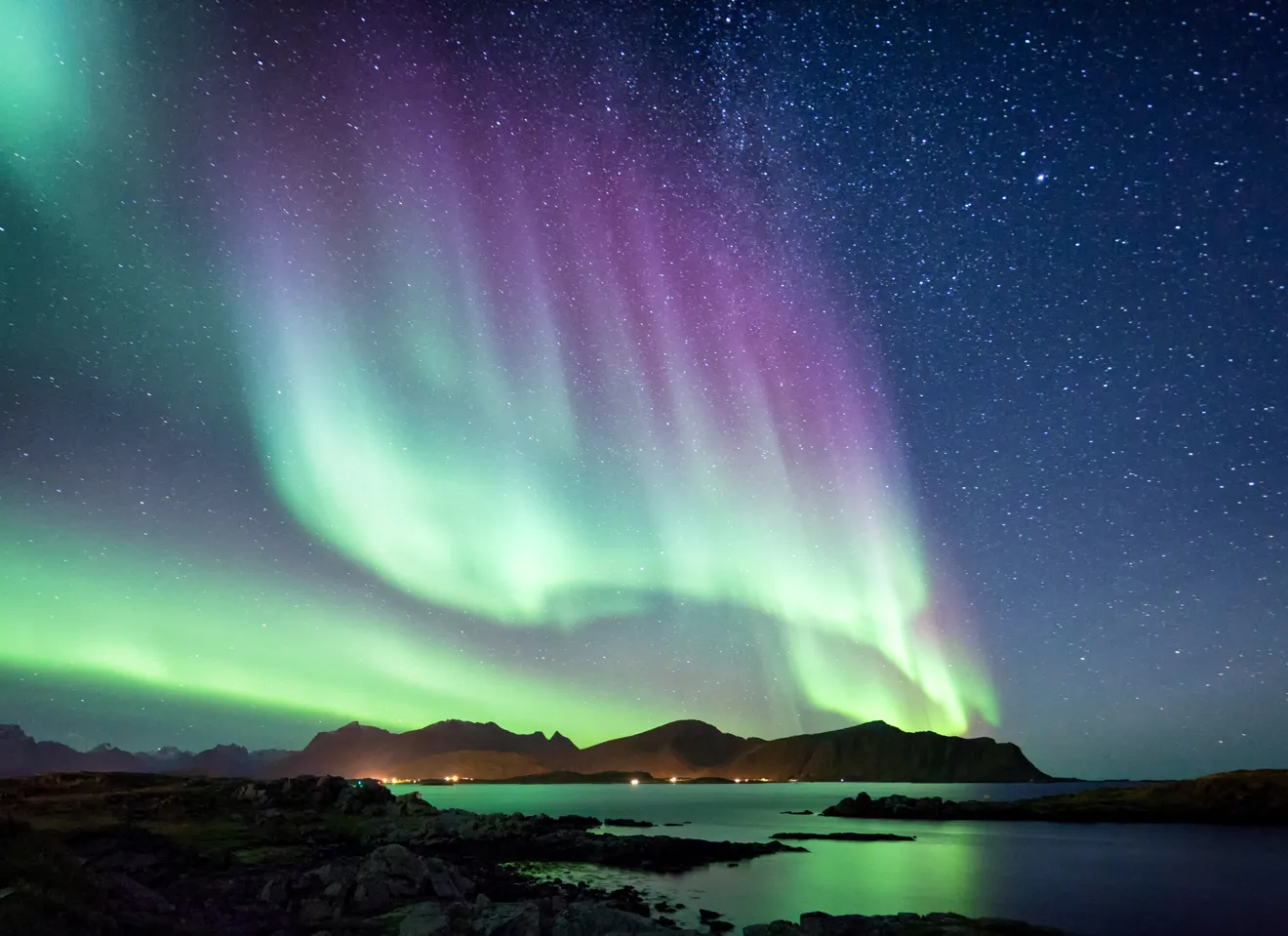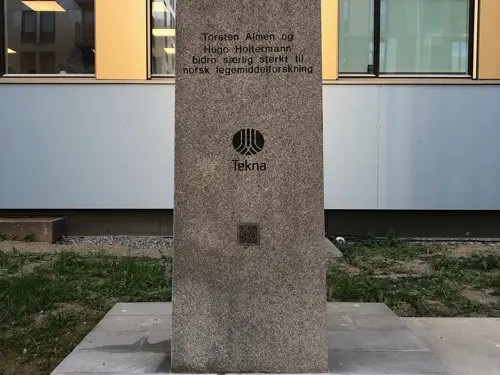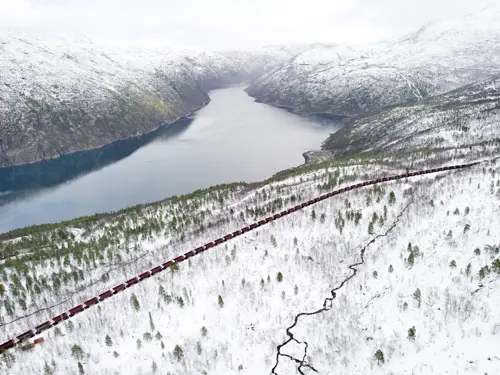
Monument to Northern Lights research
Dedicated in Tromsø in February 2016, this monument honors Northern Lights research, which had a significant effect on the development of modern weather forecasting, satellite operations and the establishment of The Arctic University of Norway (UiT) in Tromsø.
As far back as 1769, Hungarian astronomer Maximillian Hell observed the Northern Lights during his travels to Vardø to study the passage of Venus. It was the first scientific expedition to northern Norway to study this phenomenon along with Earth’s magnetism. King Christian VII of Denmark-Norway commissioned Hell to carry out the expedition.
Physics professor Kristian Birkeland was Norway’s first Northern Lights researcher of international renown. Birkeland extracted important elements from previous observations and formulated the first comprehensive Northern Lights theory in 1886.
Three years later, Professor Birkeland received funding from the Norwegian Parliament to build an observatory on top of Mount Haldde, the highest peak in Alta at 900 meters above sea level. In 1928 the Northern Lights Observatory was built in Tromsø alongside Prestvannet, a lake lying high above the city; it’s here the monument stands as well.
Birkeland claims that the Northern Lights (aurora borealis) are created by electrically charged particles from Sola which are pulled into Earth’s magnetic field. They’re then led down in the atmosphere where they cause atmospheric gas to light up. At the same time electrical currents are created which in turn cause disturbances in the magnetic field.
Ultimately, Birkeland’s theory explained a series of observed phenomena, including the Northern Lights’ location in relation to the North and South Poles as well as their connection to solar activity, ray direction and disturbances to the Earth’s magnetic field.
Subsequently, Carl Størmer tested Birkeland’s theory mathematically and confirmed the latter’s hypotheses.
The knowledge that Kristian Birkeland acquired from his research work later contributed to the establishment of Norsk Hydro.
Current research on the Northern Lights is run by The Arctic University of Norway (UiT), and the work being done there has received a great deal of international recognition.


